Interviews with Experts
10 Essential Sustainable Tree Care Practices Every Gardener Should Know
Did you know that trees provide more than $500 billion worth of environmental benefits every year in the United States alone?
Taking care of the trees in your garden is not only essential for their health and longevity but also for the well-being of the environment.
By implementing 10 essential sustainable tree care practices, you can ensure that your trees thrive and continue to provide these invaluable benefits.
From deep watering techniques to companion planting strategies, understanding and implementing these practices will not only benefit your garden but also contribute to the larger ecosystem.
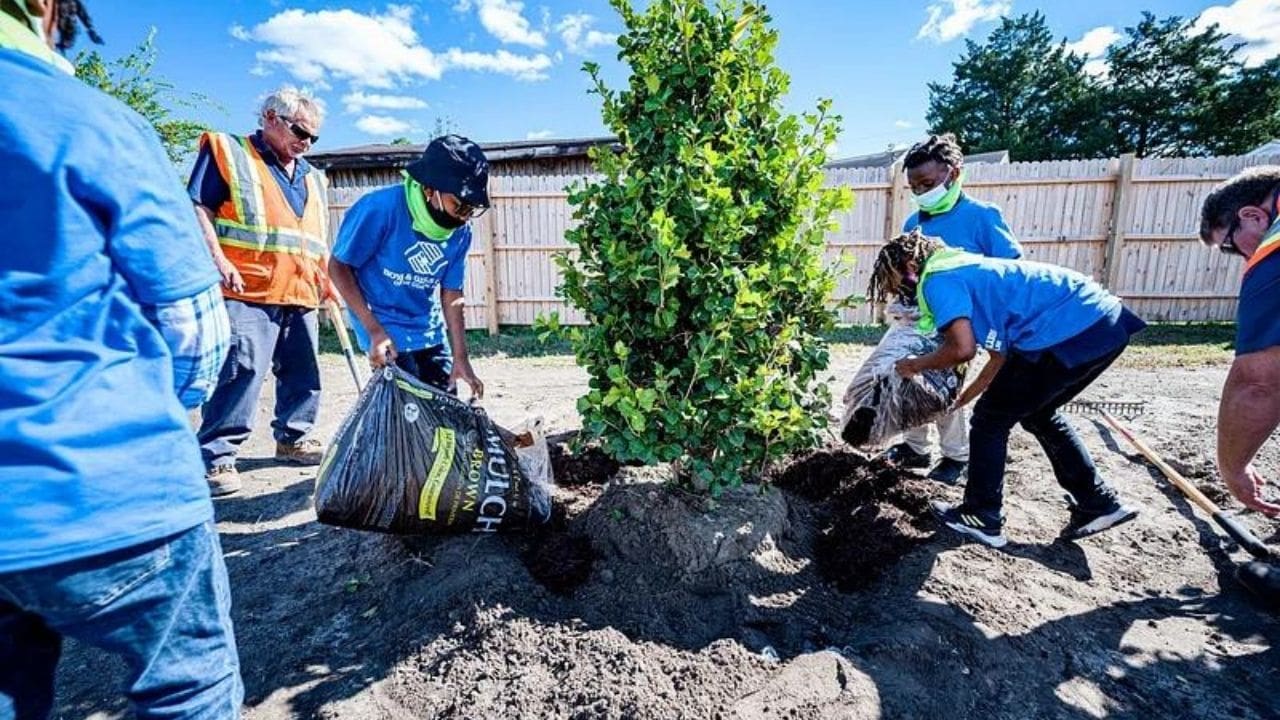

Key Takeaways
- Deep watering techniques and the use of soaker hoses or drip irrigation systems are essential for proper hydration and root development in trees.
- Implementing water conservation practices, such as adjusting watering schedules and using mulch, is crucial for sustainable tree care.
- Organic fertilizers derived from natural sources should be used, with balanced ratios of nitrogen, phosphorus, and potassium, to minimize environmental impact.
- Regular monitoring for pests and diseases, along with cultural practices like watering and pruning, can help trees withstand and prevent infestations.


Deep Watering Techniques
To ensure proper hydration and root development, deep watering is a fundamental practice in sustainable tree care maintenance. When watering trees, it’s crucial to focus on delivering water to the deeper roots where it’s most needed. Shallow watering can lead to shallow root development, making trees more susceptible to stress and unstable conditions.
Deep watering encourages roots to grow deeper into the soil, providing better anchorage and access to moisture and nutrients. To achieve deep watering, use a soaker hose or drip irrigation system placed at the tree’s drip line. This allows water to penetrate the soil slowly and deeply, reaching the roots effectively. Alternatively, a watering wand or deep root waterer can be used to deliver water directly to the root zone.
When deep watering, it’s important to ensure that the soil is moistened to a depth of at least 12 inches, promoting healthy and resilient root growth. By practicing deep watering techniques, you can support the long-term health and stability of your trees, contributing to a safe and sustainable landscape.
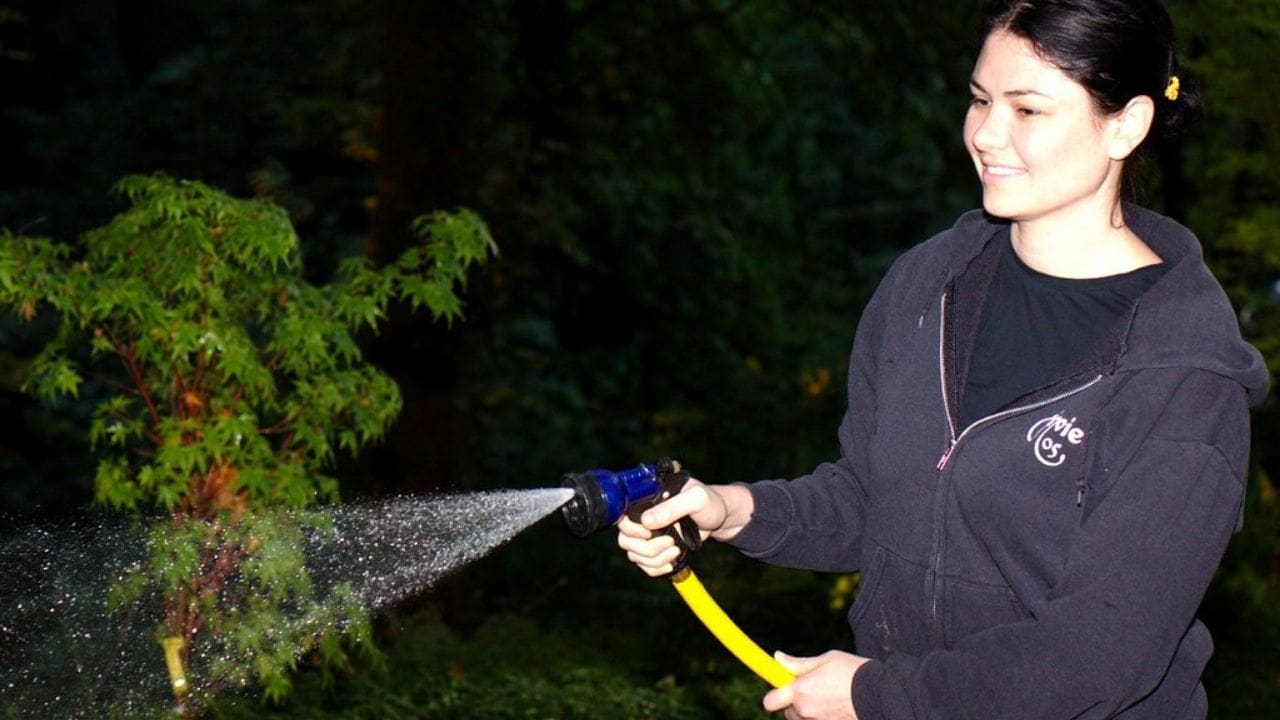

Use of Organic Fertilizers
Ensure the continued health and stability of your trees by incorporating organic fertilizers into your sustainable tree care regimen. Organic fertilizers, derived from natural sources such as compost, animal manure, or bone meal, provide essential nutrients for tree growth while promoting soil health and sustainability.
When selecting organic fertilizers, look for those with balanced ratios of nitrogen, phosphorus, and potassium to support overall tree health. These fertilizers release nutrients slowly, reducing the risk of nutrient leaching and minimizing environmental impact.
To apply organic fertilizers, spread them evenly over the root zone of the tree, avoiding direct contact with the trunk. Incorporate the fertilizer into the soil surface and water thoroughly to aid in the breakdown and absorption of nutrients. It’s important to follow application instructions to prevent over-fertilization, which can harm tree roots and nearby water sources.
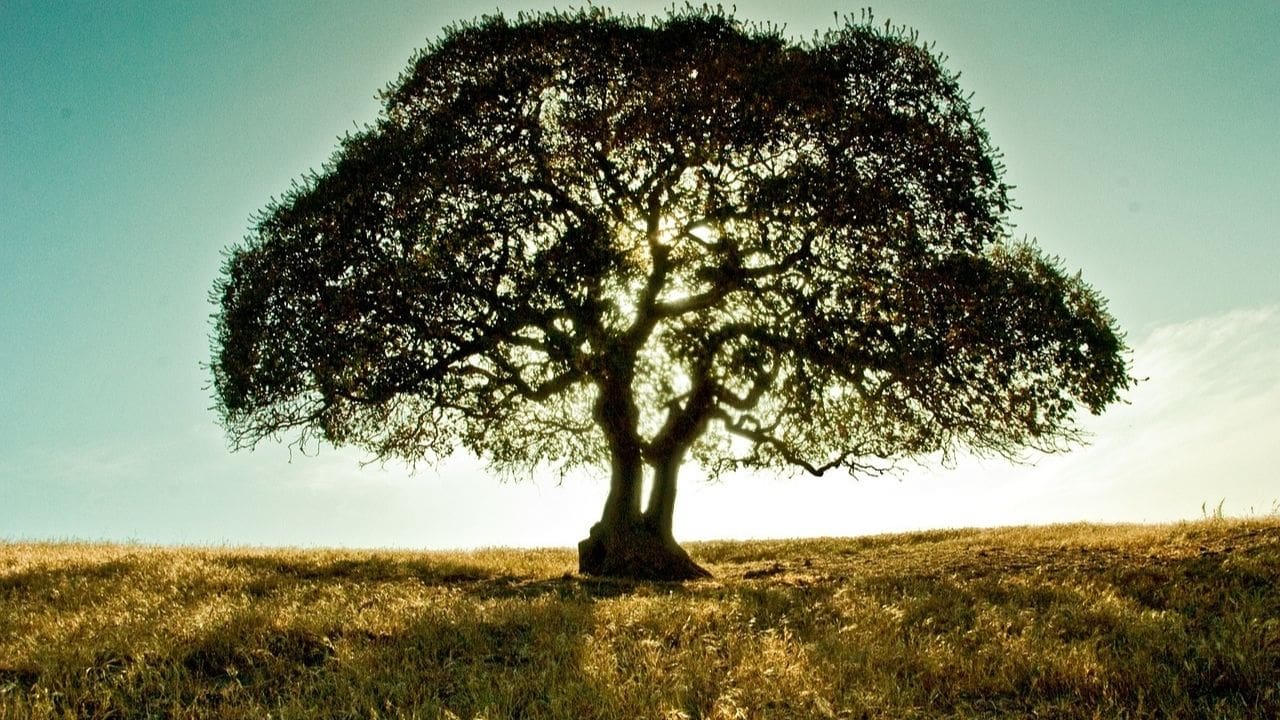

Effective Pest Management
Implementing effective pest management practices is crucial for maintaining the health and vitality of your trees in a sustainable manner.
Here are three essential pest management practices to ensure the well-being of your trees:
- Regular Monitoring: Keep a close eye on your trees for any signs of pest infestation, such as unusual leaf discoloration, wilting, or the presence of pests. Early detection allows for prompt intervention and prevents the escalation of pest problems.
- Proper Cultural Practices: Maintaining overall tree health through proper watering, pruning, and fertilization can help trees withstand pest attacks. Healthy trees are more resilient and better equipped to fend off pests on their own.
- Targeted Treatments: If pest infestation occurs, opt for environmentally friendly and targeted pest control methods. Consider using beneficial insects, natural predators, or organic pesticides to minimize the impact on the surrounding ecosystem while effectively managing the pest population.
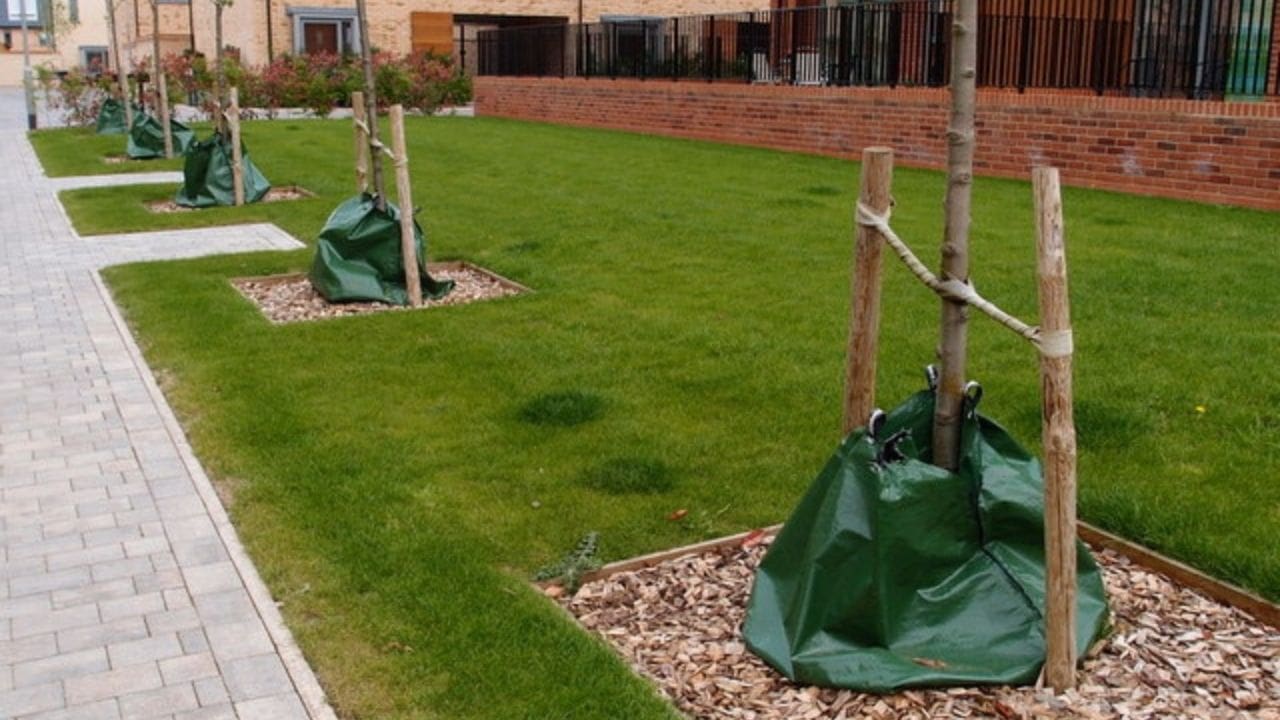

Disease Prevention Methods
Maintain tree health through proper cultural practices to prevent diseases and ensure long-term sustainability.
Disease prevention starts with selecting disease-resistant tree species and planting them in suitable locations with well-drained soil and adequate sunlight.
Proper watering is essential to prevent stress, as both overwatering and underwatering can weaken trees and make them more susceptible to diseases.
Regularly monitor your trees for any signs of disease, such as leaf discoloration, wilting, or unusual growths, and promptly address any issues that arise.
Pruning to remove dead or diseased branches can help prevent the spread of diseases, while also promoting air circulation and sunlight penetration.
Mulching around the base of the tree can also help maintain soil moisture and prevent soil-borne diseases from splashing onto the tree.
Additionally, practicing good hygiene by cleaning and disinfecting gardening tools can prevent the spread of diseases from one tree to another.
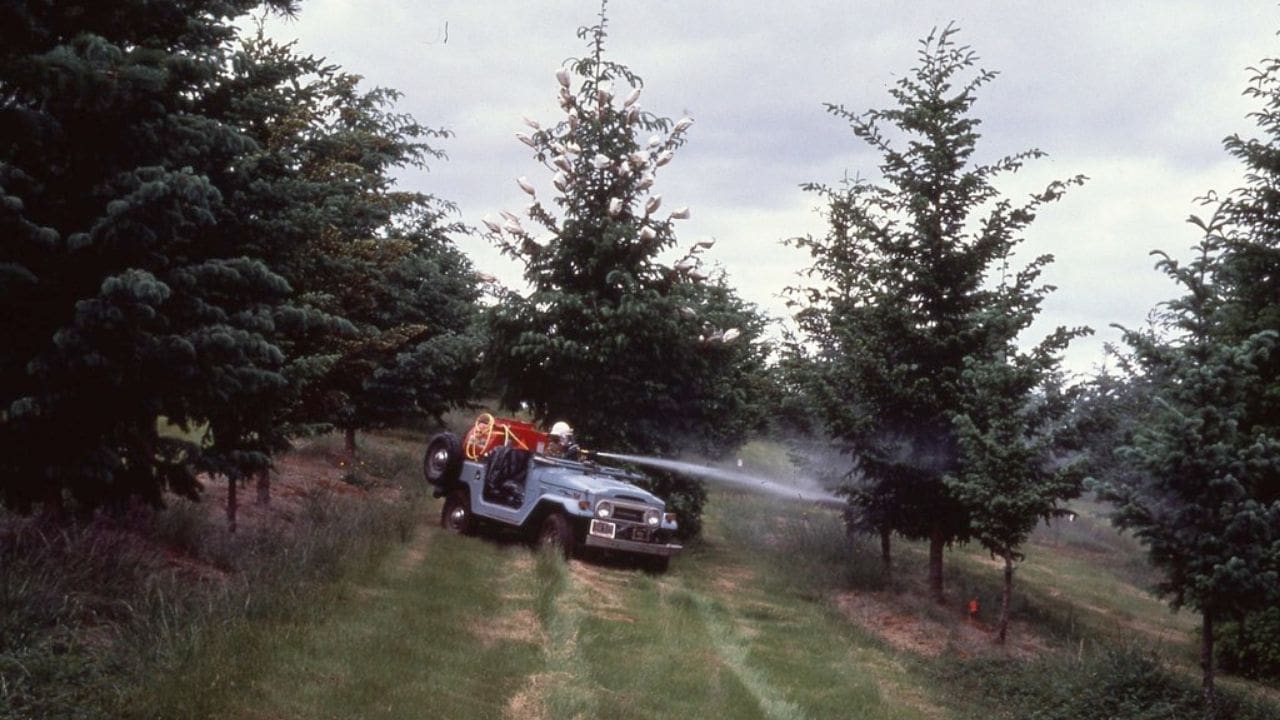

Seasonal Care Guidelines
Regularly assess the condition of your trees throughout the changing seasons to determine the specific care they require for optimal health and growth. Seasonal care guidelines are crucial for maintaining the well-being of your trees and ensuring their longevity. Here are some essential practices to follow:
- Spring: Inspect your trees for any signs of winter damage, such as broken branches or bark injuries. Prune away any damaged areas and apply organic mulch to retain moisture and suppress weed growth. This is also the ideal time to fertilize your trees to support new growth.
- Summer: Monitor the watering needs of your trees, especially during hot and dry periods. Deep watering is essential to encourage deep root growth and overall tree resilience. Additionally, inspect for signs of pests and diseases, and take appropriate measures to address any issues promptly.
- Fall: Prepare your trees for the winter months by raking up fallen leaves and debris, which can harbor pests and diseases. Apply a layer of protective mulch and consider wrapping young or vulnerable trees to shield them from harsh winter conditions.
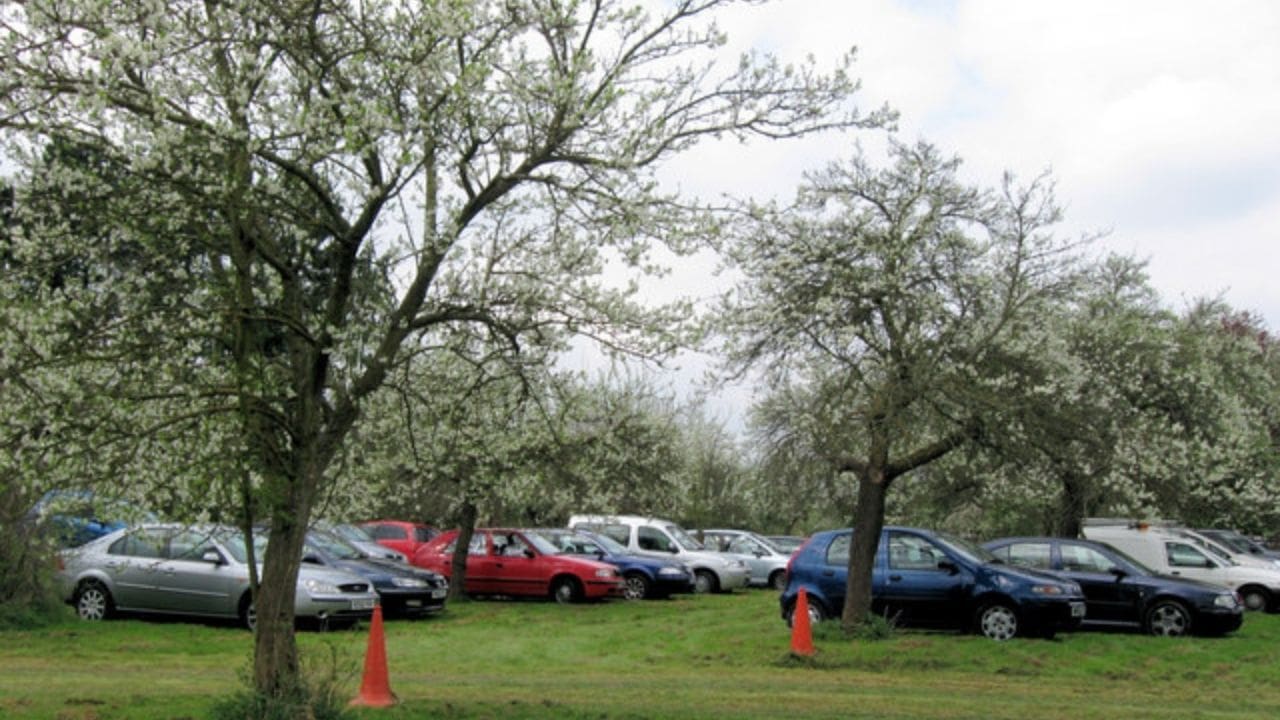

Benefits of Mulching
To enhance the health and vitality of your trees, mulching provides numerous benefits that contribute to their overall well-being and longevity.
Mulch acts as a protective layer, helping to retain moisture in the soil and reduce evaporation, which is especially important during hot and dry periods. By regulating soil temperature, mulch also creates a more stable environment for root growth and microbial activity. Additionally, it suppresses weed growth, preventing competition for water and nutrients.
As the mulch decomposes, it enriches the soil, enhancing its fertility and structure. A well-mulched area reduces soil erosion, minimizing the risk of root exposure and damage. When applied correctly, mulch can act as a buffer between landscaping equipment and the tree’s trunk, preventing accidental injuries.
However, it’s crucial to apply mulch correctly to avoid potential issues such as excessive moisture retention, which can lead to root rot. By utilizing the benefits of mulching, you can significantly contribute to the overall health and sustainability of your trees, ensuring their long-term well-being.


Optimal Pruning Times
When considering the optimal pruning times for your trees, it’s important to recognize how proper pruning can complement the benefits of mulching by promoting healthy growth and structural integrity. Pruning at the right time can minimize the risk of disease and encourage robust, sustainable growth.
Here are three key factors to consider for optimal pruning times:
- Dormant Season: Pruning during late winter or early spring while the tree is still dormant is often recommended. This timing minimizes sap loss and stress on the tree, promoting faster healing and new growth in the spring.
- Early Growth: For flowering trees, pruning immediately after flowering can help ensure that you don’t inadvertently remove the buds for next year’s blooms. This timing allows the tree to recover and set buds for the following year.
- Late Summer to Early Fall: Light pruning during late summer to early fall can help shape the tree and remove any dead or damaged branches before winter sets in.


Signs of Drought Stress
You need to be able to recognize the signs of drought stress in trees in order to effectively mitigate its impact. Understanding the symptoms of drought stress is crucial for implementing appropriate tree care practices.
Recognizing Drought Symptoms
How can you identify signs of drought stress in trees and take proactive measures to address them?
Drought symptoms in trees can be subtle at first, but with careful observation, you can recognize the following signs and take action to help your trees recover:
- Wilting: Look for leaves that are drooping or curling, especially during the hottest part of the day.
- Discoloration: Pay attention to any unusual yellowing or browning of the leaves, as this can indicate water stress.
- Stunted Growth: If your tree isn’t putting on new growth or the branches appear unusually sparse, it may be struggling due to drought conditions.
Recognizing these symptoms early can help you intervene with appropriate watering and care to mitigate the effects of drought stress on your trees.
Mitigating Drought Impact
To mitigate the impact of drought stress on trees, it’s essential to promptly recognize the signs of water stress and take proactive measures to restore their health and vitality. Signs of drought stress in trees include wilting or curling leaves, premature leaf drop, and browning or yellowing of foliage.
To address these symptoms, deep watering is crucial. Provide trees with slow, deep watering to encourage deep root growth and improve drought tolerance. Mulching around the base of trees helps retain soil moisture and reduce water evaporation. Additionally, pruning dead or diseased branches can alleviate stress on the tree and promote new growth.
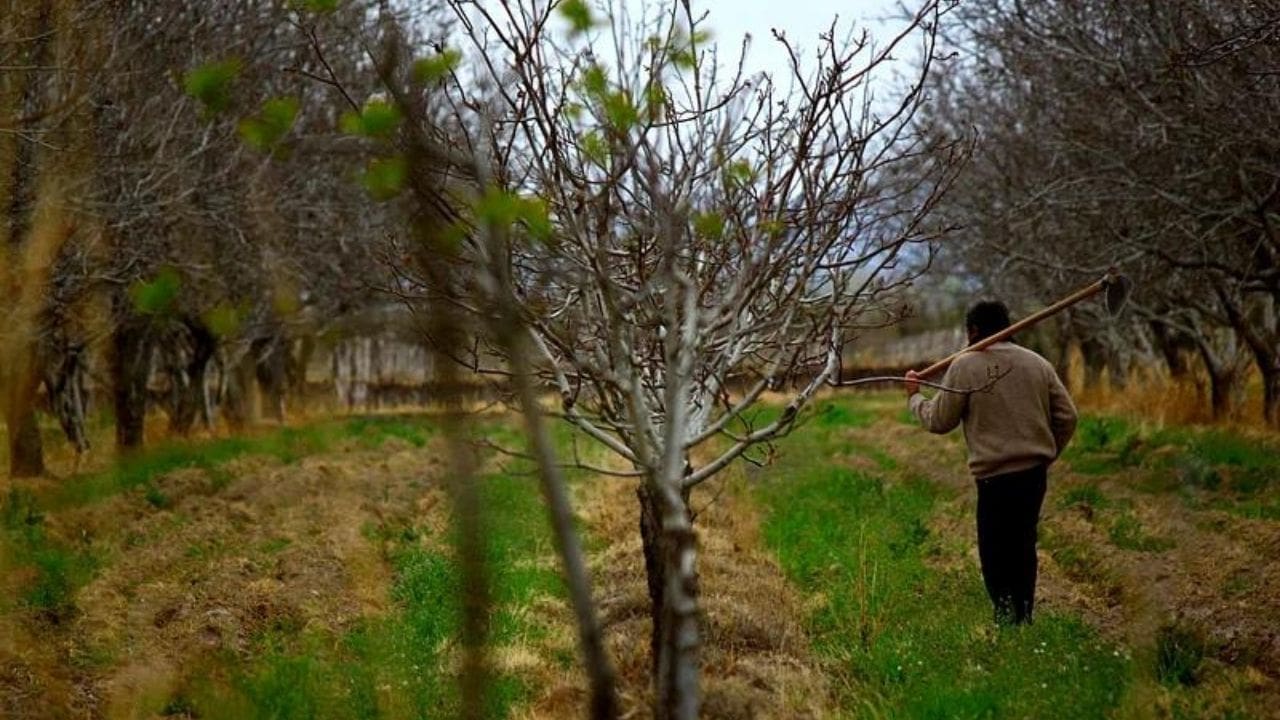

Water Conservation Practices
You can effectively conserve water for your trees by implementing drip irrigation systems and using mulch to retain moisture.
Drip irrigation systems deliver water directly to the roots, minimizing waste, while mulching helps to maintain soil moisture levels.
These practices are essential for sustainable tree care and can significantly contribute to the overall health and longevity of your trees.
Drip Irrigation Systems
Implementing a drip irrigation system can significantly improve water conservation in tree care practices. Drip irrigation delivers water directly to the base of the tree, reducing water waste and promoting efficient water usage.
Here are three essential tips for implementing a drip irrigation system for sustainable tree care:
- Proper Placement: Ensure that the drip emitters are positioned strategically around the tree’s root zone to deliver water where it’s needed most.
- Regular Maintenance: Inspect the system regularly to check for leaks, clogs, or damaged components, and make necessary repairs promptly to maintain optimal efficiency.
- Watering Schedule: Adjust the watering schedule according to the tree’s specific needs, considering factors such as weather conditions, soil type, and the tree’s growth stage.
Mulching for Moisture
When considering water conservation practices in tree care, mulching is a highly effective method for maintaining moisture and promoting sustainable growth.
Mulch acts as a protective barrier, reducing water evaporation from the soil and preventing weed growth that competes for water.
To mulch effectively, spread a 2-4 inch layer of organic material such as wood chips, shredded bark, or leaf compost around the base of the tree, ensuring the mulch doesn’t touch the trunk.
This layer helps to regulate soil temperature, reducing water loss through evaporation and minimizing stress on the tree.
When mulching, make sure to leave a few inches of space around the base of the tree to prevent rot and disease.
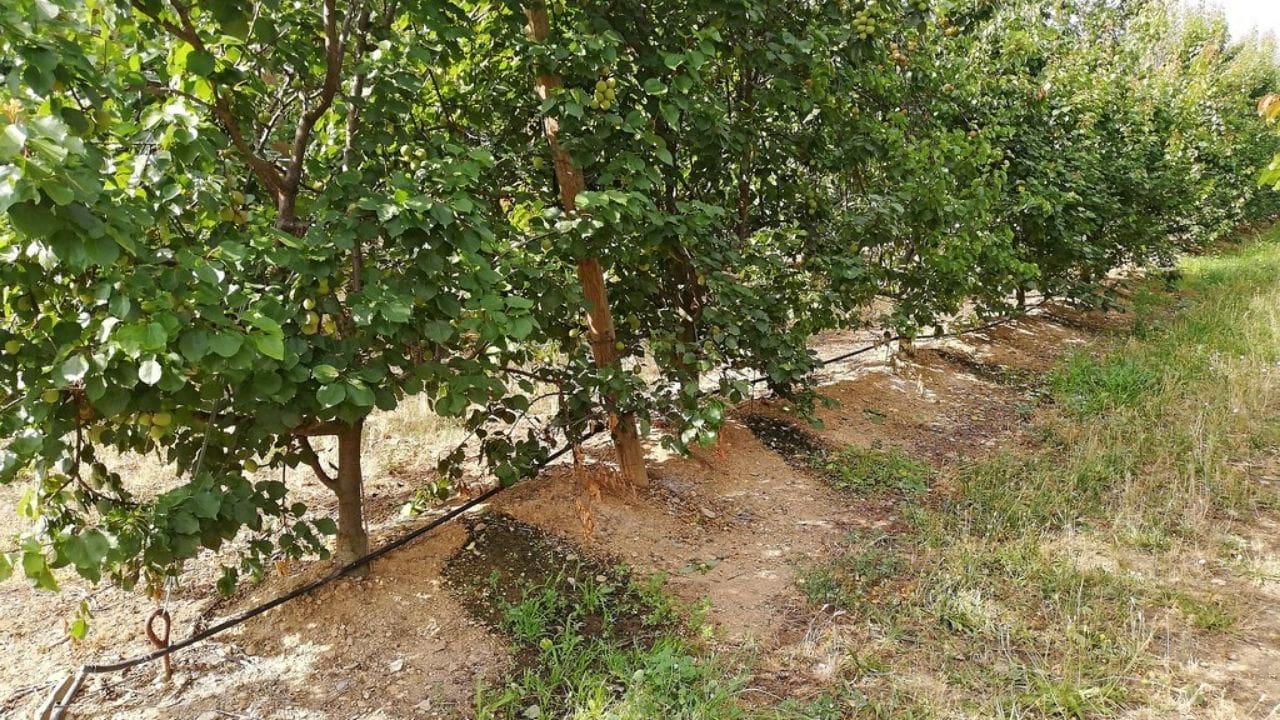

Companion Planting Strategies
Companion planting involves strategically placing plants near trees to enhance their growth and overall well-being. When implementing companion planting strategies, it’s essential to consider the specific needs of the tree species and the characteristics of the companion plants.
Here are three key companion planting strategies that can contribute to the health and vitality of trees:
- Nitrogen-Fixing Plants: Introducing nitrogen-fixing plants, such as legumes, in the vicinity of trees can enhance soil fertility. These plants have the ability to convert atmospheric nitrogen into a form that trees can readily absorb, promoting healthy growth.
- Pest-Repellent Plants: Selecting pest-repellent plants as companions for trees can help deter harmful insects and pests. For example, aromatic herbs like basil, mint, or thyme can act as natural pest deterrents, minimizing the need for chemical pest control methods.
- Groundcover Plants: Utilizing groundcover plants around trees can help maintain soil moisture, suppress weed growth, and provide a protective habitat for beneficial organisms. Groundcover plants like clover or low-growing native grasses can contribute to a healthy tree ecosystem.
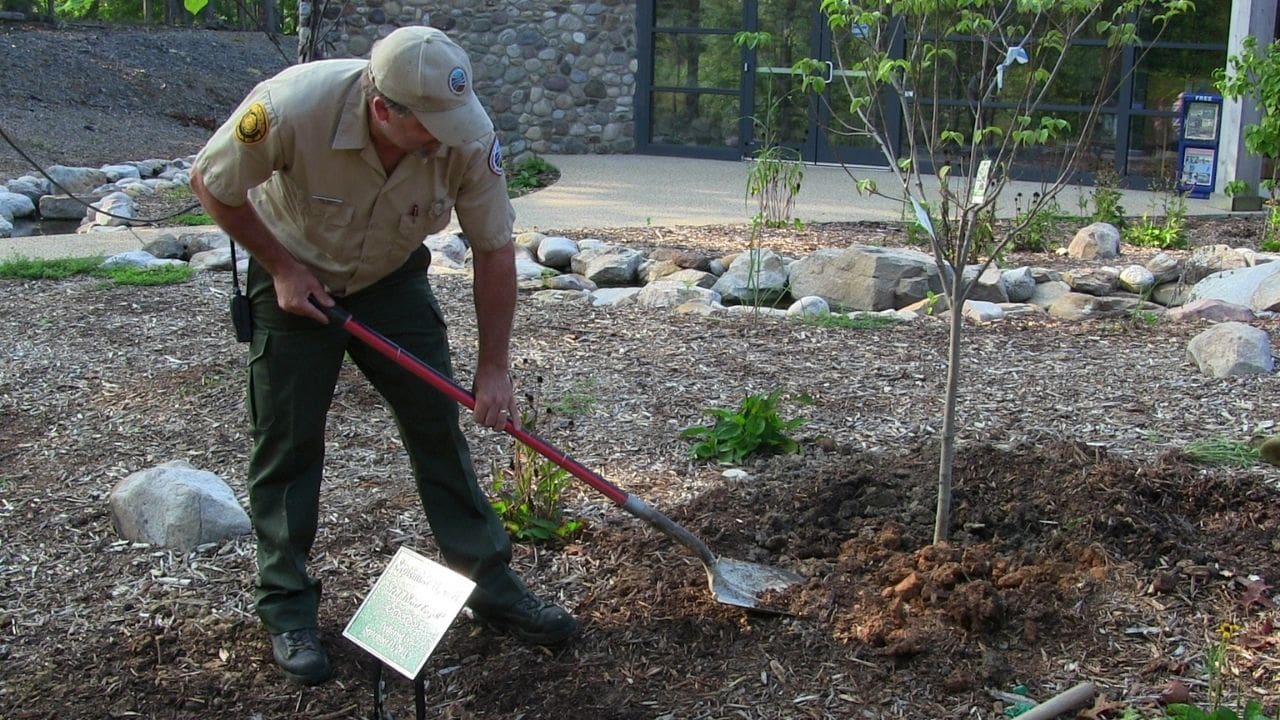

Frequently Asked Questions
What Are Some Common Mistakes Gardeners Make When It Comes to Sustainable Tree Care Practices?
When it comes to sustainable tree care, common mistakes gardeners make include improper pruning leading to weak branches, over-watering causing root rot, and using pesticides that harm beneficial insects. It’s important to prioritize proper techniques for a healthy garden.
How Can Gardeners Incorporate Sustainable Tree Care Practices Into Their Overall Garden or Landscape Design?
When designing your garden or landscape, incorporate sustainable tree care by choosing native tree species, providing adequate water, mulching, and avoiding harmful practices like over-pruning. This ensures healthy trees and a thriving landscape.
Are There Any Specific Tree Species That Require Unique Sustainable Care Practices?
Specific tree species may require unique sustainable care practices. Research and understand the needs of each species in your garden. Consult with local arborists or extension services for expert advice on caring for specific types of trees.
How Can Gardeners Assess the Overall Health and Sustainability of Their Trees Beyond Just Basic Care Practices?
To assess the overall health and sustainability of your trees, start by inspecting the trunk for signs of damage or decay. Then, examine the foliage for discoloration or abnormal leaf drop. Finally, consult with a certified arborist for a professional evaluation.
What Are Some Creative or Innovative Sustainable Tree Care Practices That Go Beyond the Typical Recommendations?
To go beyond typical tree care, consider mulching with organic materials to retain moisture, improve soil, and discourage weeds. Additionally, using natural pest control methods and planting companion plants can promote the health and sustainability of your trees.


Hello there! I’m Logan Foster, the green-thumbed social media marketer behind the vibrant world of 1800TreeGuy.com. With roots firmly planted in arboriculture, I’ve branched out to help clients cultivate their dream outdoor spaces, one leafy canopy at a time. My knack for nurturing nature is more than a profession—it’s a way of life.
When I’m not talking trees and teaching the art of arboreal care, you can find me cheering on the Bulldogs—my alma mater’s pride and my forever team. My environmental studies there didn’t just teach me about ecosystems; they instilled a lifelong passion for protecting our planet.
Off the clock, I’m an adventurer at heart. Whether it’s trekking the Appalachian trails, pedaling down a mountain path, or crafting guides to share the wonders of the wild, I’m happiest with soil under my nails and the sun on my face. And let’s not forget Yoda, my pug sidekick. He may not have mastered the art of stillness, but his joyful grins are my daily dose of happiness.
I’m all about making connections—between people and the great outdoors and between my clients and their ideal landscape visions. My approach is personal; every tree has a story, and every garden reflects its caretaker.
If you want to green your scene or share in my outdoor escapades, give me a shout on Instagram or Facebook. Let’s cultivate a conversation and grow a community rooted in a love for the lush life.







